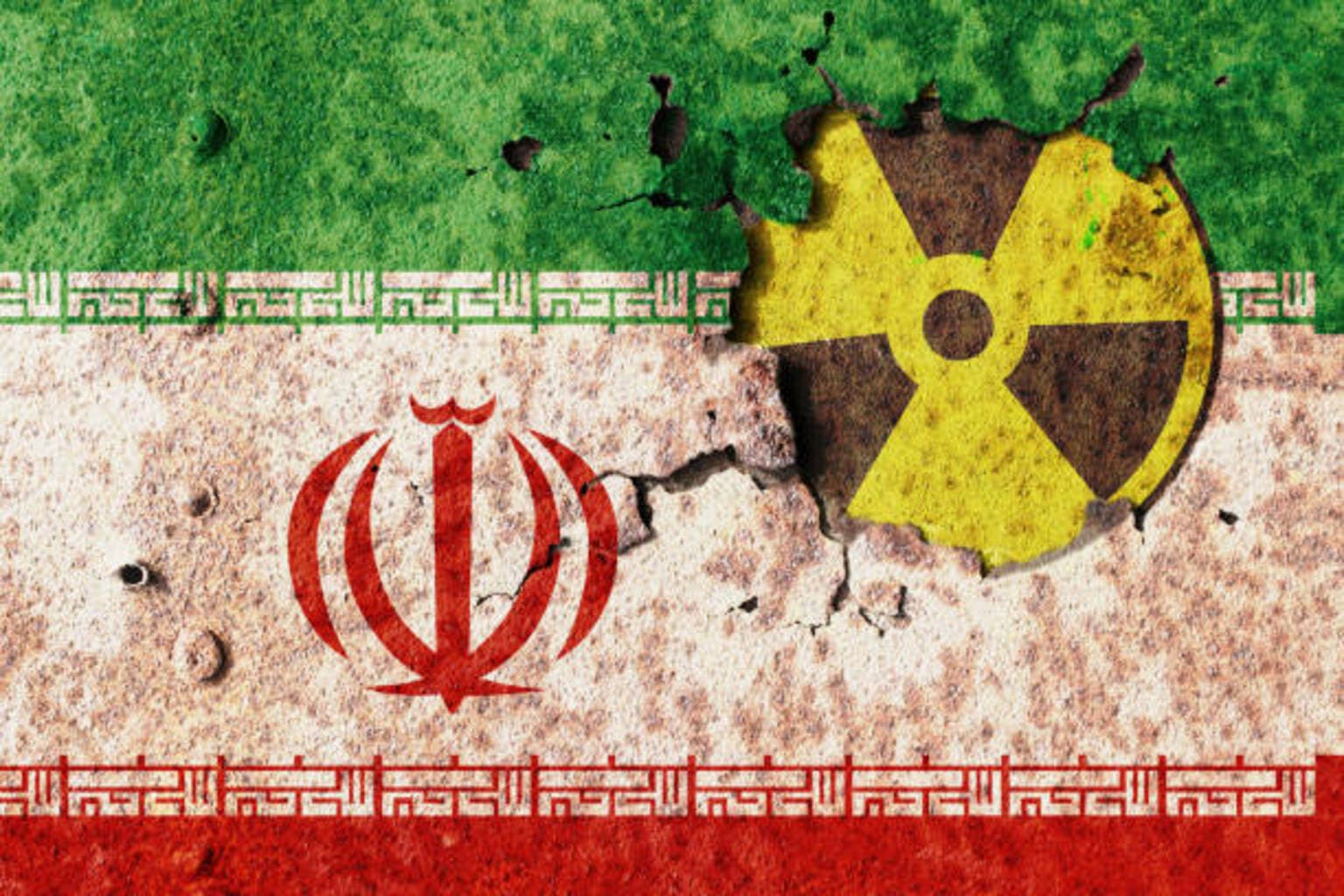On alert
The rush to prevent Iran from obtaining a nuclear weapon has been expedited in recent months, given the country’s weakened proxies in the Middle East, a damning IAEA report (and subsequent noncompliance resolution), as well as U.S. negotiations that appear locked over enrichment. To note, Iran is the only country in the world without nukes that is producing uranium enriched to 60%, with a “breakout time” that’s only a matter of weeks. “Marg bar Âmrikâ” and “Marg bar Esra’il,” or “Death to America” and “Death to Israel,” have been slogans of the Islamic Republic since the 1979 Revolution, and an attack on its nuke sites could come from the U.S., Israel, or a combination of both.
The latest: “If [talks] don’t [reach a resolution], and conflict is imposed on us, the other side will undoubtedly suffer greater losses,” Iran’s Defense Minister Aziz Nasirzadeh declared on Wednesday. “We will target all U.S. bases in host countries without hesitation.” Meanwhile, President Trump has expressed his disappointment with “delays,” saying he was “much less confident of a deal being made.” As a result, American personnel are being moved out of the Middle East because “it could be a dangerous place,” added Trump, and “we’ll see what happens.” Iran to create new uranium enrichment facility after IAEA vote
The next round of U.S.-Iran nuclear negotiations is set to take place in Oman on Sunday, but oil futures are already pricing in risk as WTI (CL1:COM) and Brent crude (CO1:COM) soared about 5% in yesterday’s session. It was the largest one-day dollar and percentage gains for both benchmarks since October 2024, though at $70 per barrel, oil is at a lower level than where it could be trading amid the threat of war. An attack on Iran and broader Middle East escalation could see crude skyrocket to $100-120 per barrel, or even higher, amid the closure of key export hubs and disruptions to the Strait of Hormuz.
Economic impacts: The strait is also critical for liquefied natural gas, with more than one-fifth of the world’s supply passing through the critical chokepoint. Shipping is another area that’s likely to be affected. War-risk premiums, security costs, and rerouting have added to expenses over the past year, and any further increases will likely be passed down to consumers. Also don’t forget a flight to safety in financial markets, further reshoring trends, and another large increase in defense budgets and spending.


